Like everyone else, I’ve been playing Pokémon Scarlet and Pokémon Violet for quite some time, and if you’re reading this, you’ve probably already read much of the discourse over it. So what’s left to say about Game Freak’s latest on the Nintendo Switch? We already know that visual fidelity is quite subpar, and there are a host of glitches and technical shortcomings.
After a month and a half of playing this darn game, my thoughts on it still evolve, but at the very least, I have a better understanding of what’s going on with its core. While Pokémon Scarlet and Violet may be in my lower tier of mainline Pokémon titles, it certainly has heart, and I’ll continue playing it in the near future. But it took a lot of effort to find that spirit — this is a game you must fight to enjoy.
Open world-ish
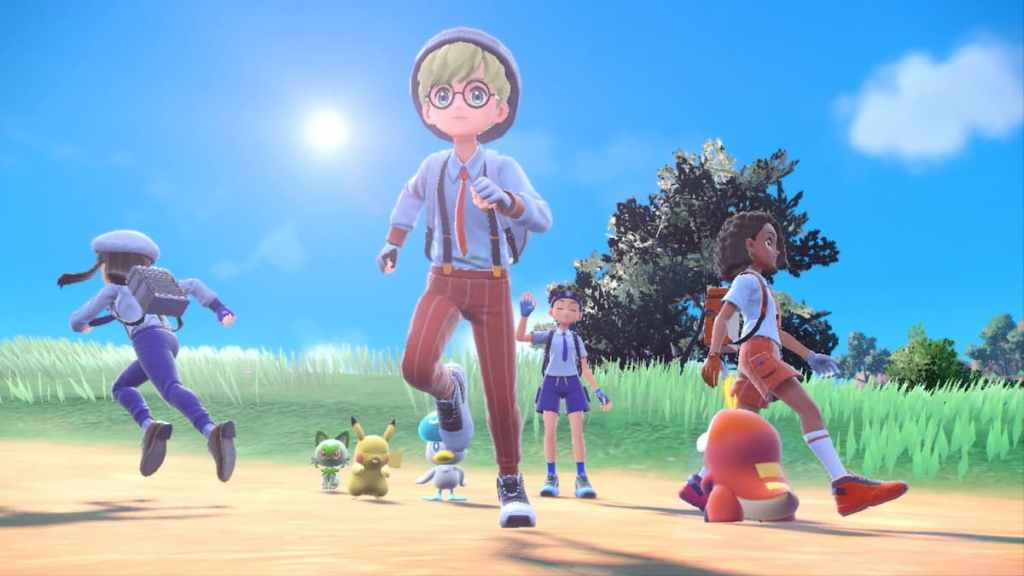
Despite its status as the first fully open world Pokémon game, and all the trappings and overt structural changes to your progress, this is still the same game you’ve been playing for generations — it’s just stretched out a little more. As a new student in the Naranja/Uva Academy (depending on your version), you’ll be embarking on a journey as an “independent study project,” with three storylines to complete in any order.
If you’re a veteran of the series, these plotline archetypes should be familiar: there’s a path centering around you and your rival as you defeat Gyms and make your way to the Elite Four to make Champion status, another with the “evil Team” at the forefront, and one that has you investigate strange and unusual Pokémon. Most of the previous games already consist of these types of plots, albeit in a linear and compressed fashion. In Scarlet and Violet, the Gyms, Team Star bases, and Titan Pokémon you have to hit are all scattered around the world of Paldea, giving the appearance of choice.
While you can try to build your own path and sequence, the ugly truth is that a lack of level-scaling ends up stifling any semblance of freedom that you think you have. You might try to create your own itinerary and logic of tasks to take on next, only to find the wild Pokémon and trainer battles to be frighteningly over-leveled compared to your own party. While you can certainly squeeze out some narrow victories by taking on harder challenges first, another effect of this is that you’ll steamroll over insultingly easy challenges afterward.
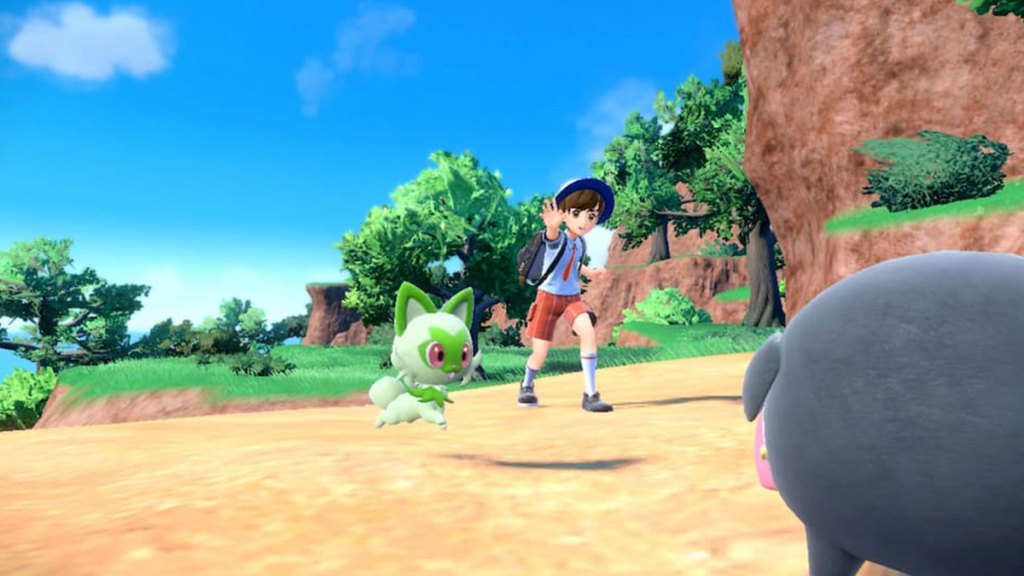
Eventually, I found joy in this level of unpredictability, and I learned to accept the backtracking I had to do once I hit a wall. And with each of the bosses spread throughout the three storylines specializing in different types of Pokémon, I swapped out members of my own party much more frequently than I did in previous games — it’s much more engaging than over-leveling your current party to unceremoniously stomp on every challenger in your way.
What I never quite got a hang of was how you traverse around the Paldea region. Frankly put, navigating through Pokémon Scarlet and Violet was a pain. The visuals were blurry and muddled with undetailed and repetitive textures, the topography was messy, the in-game map is barely usable, vantage points were quite useless, and your ride Pokémon (Koraidon or Miraidon) lacks any feeling of weight — it’s like you’re handling a balloon animal.
It doesn’t help that the towns are lousy and lifeless. Almost all shops only exist as menus, and each of them barely has any interesting wares to sell; it feels like the game took what would have been one store in a previous game and separated them into multiple buildings just to pad out this “open world.” For all the hubbub of this being Pokémon’s first open-world game, this product tastes as undercooked as its JPG sandwiches.
The real treasure we found along the way
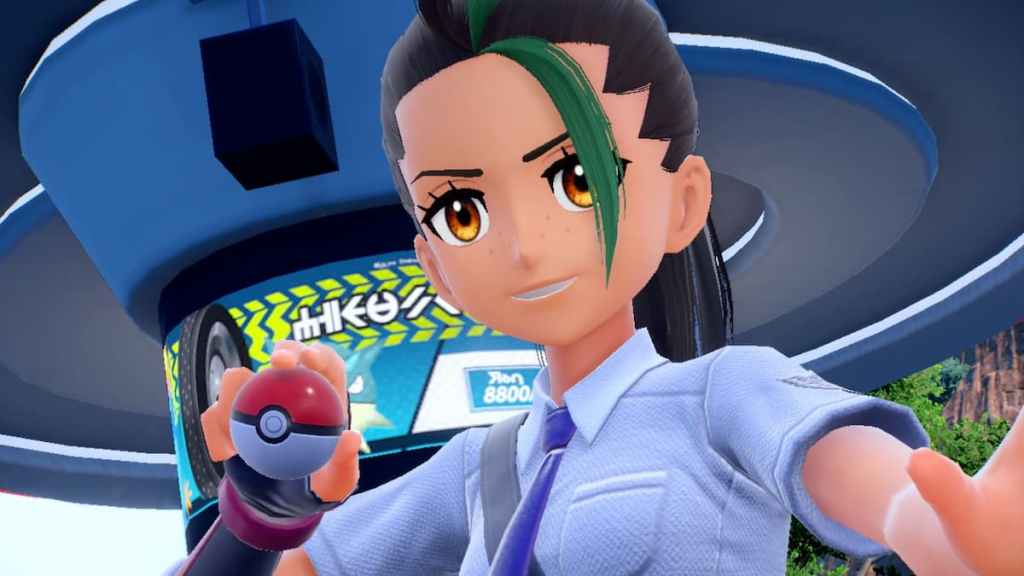
As simple as they can be, Pokémon fans can get quite serious about the stories that these games present. By splitting the story into pieces and with the choice of focusing on certain paths over others, Scarlet and Violet has a pretty unconventional structure, and it unfortunately had the effect of a slow story progression. Pivotal characters such as Nemona, Arven, Penny, and Team Star as a unit are hard nuts to crack in the front halves of their storylines, and it’s hard to get a good grasp on them until things are coming to an end.
Nemona is probably the most shallow supporting character, inheriting the happy-go-lucky of more recent “rivals” while lacking in any grand epiphany like Hop in Sword and Shield. Arven comes across as a grump at first, with insight into his motivation trickling in with each step of his story path. Team Star arguably gives a lot to chew on; they aren’t sinister and ambitious like classic evil Teams, and they aren’t exactly the numbnuts that Team Skull or Team Yell were in the previous two main games.
There’s an overarching theme of being an outcast that you see through the lenses of Team Star. Every time you beat a Team Star boss, you get an overwrought flashback cutscene that touches on their backstory; it’s very reminiscent of how The Legend of Zelda: Breath of the Wild would flashback to the Hyrule Champions, with Scarlet and Violet even ripping off the same sepia filter from Zelda. The problem here is that we just don’t spend enough time with any of these characters for the game to earn our sympathies.
It’s a shame, because like in many other mainline Pokémon titles, the character designs and personalities are distinct, solid, and charming. I always enjoyed recurring run-ins with characters like Elite Four member Rika, but with the plot scattered into many waypoints, there’s not much room for any characters to truly make a mark in your journey, and the best you’ll get are characters reappearing at certain checkpoints in fairly generic scenarios, just to remind you that they exist in the first place.
The verdict

Pokémon Scarlet and Violet takes the familiar trappings of the mainline series and overextends them while supporting its structure and foundation with duct tape and silly putty. Scarlet and Violet promises to add more to the core Pokémon formula, but all it truly adds is more square footage. It’s a game that invites unflattering comparisons to other open-world video games, current and past, and even ones from Nintendo itself. It leaves much to be desired, destined to get no more than an “it’s better than nothing” even from the most hardcore fans. It’s a game with so many wrinkles that you may feel nostalgic even for Sword and Shield, which was dogpiled on at the time of its release — by that metric, perhaps Scarlet and Violet will be a classic two generations from now.
It’s still a worthwhile experience if only for the novelty of finding new monsters for the first time, enjoying the wacky and interesting character designs, and falling into the same chores and routines that Pokémon games have gotten us into for decades. But in order to find any true enjoyment in Pokémon Scarlet and Violet, you’re going to have to forgive its many shortcomings — the question is, how much are you willing to forgive?
Final Score:
6 / 10
| + | Character and Pokémon designs are on par with the series’ history |
| + | The fundamentals of Pokémon battle are still very solid |
| – | Despite some highlights, the story is ultimately unfocused |
| – | Traversal in the open world is a pain, and the world itself is unimpressive |
| – | Boy, does this game have some rough visuals |
Gamepur team received a Nintendo Switch code for the purpose of this review.

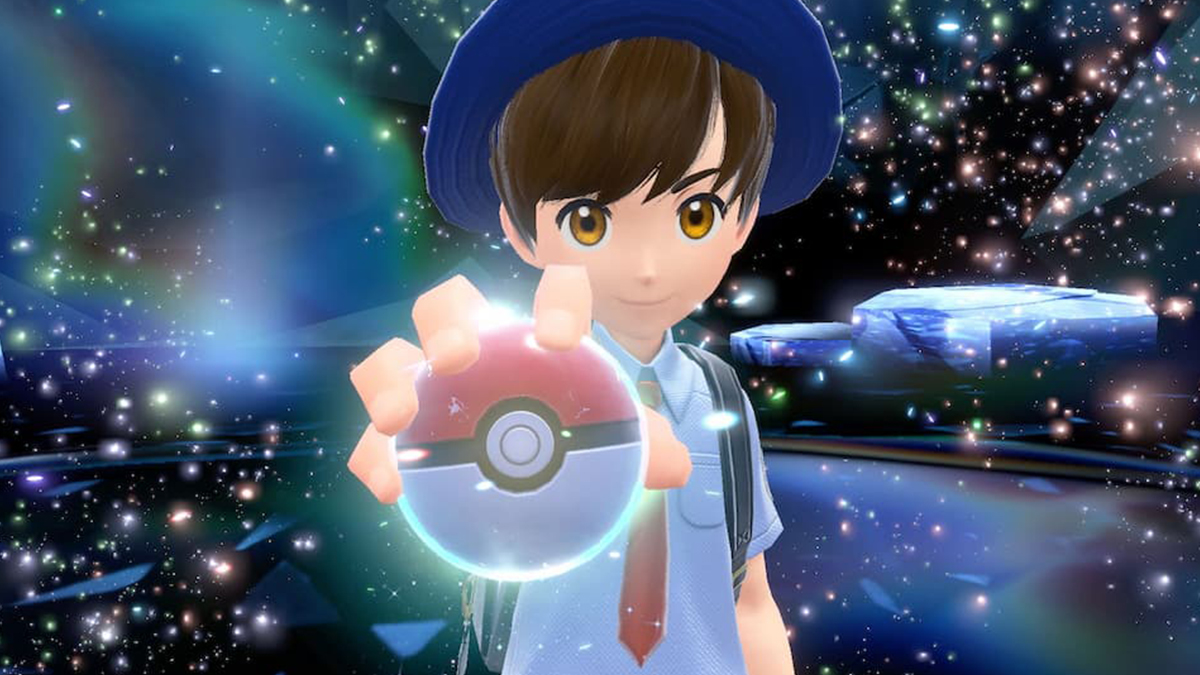
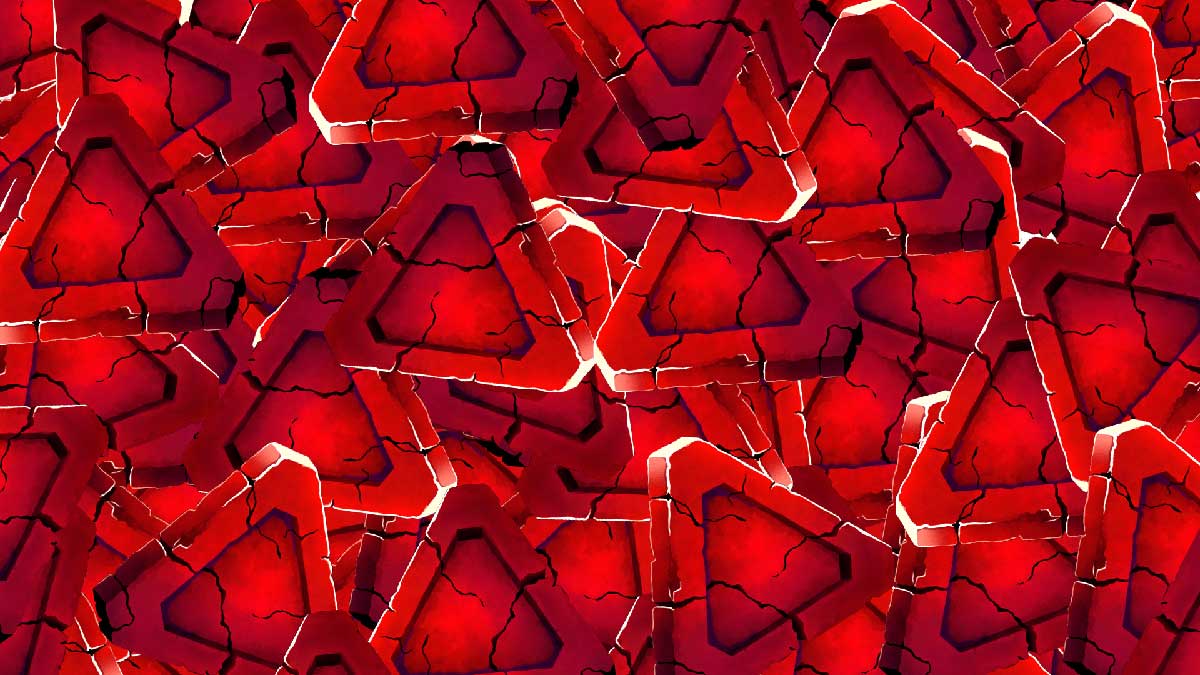
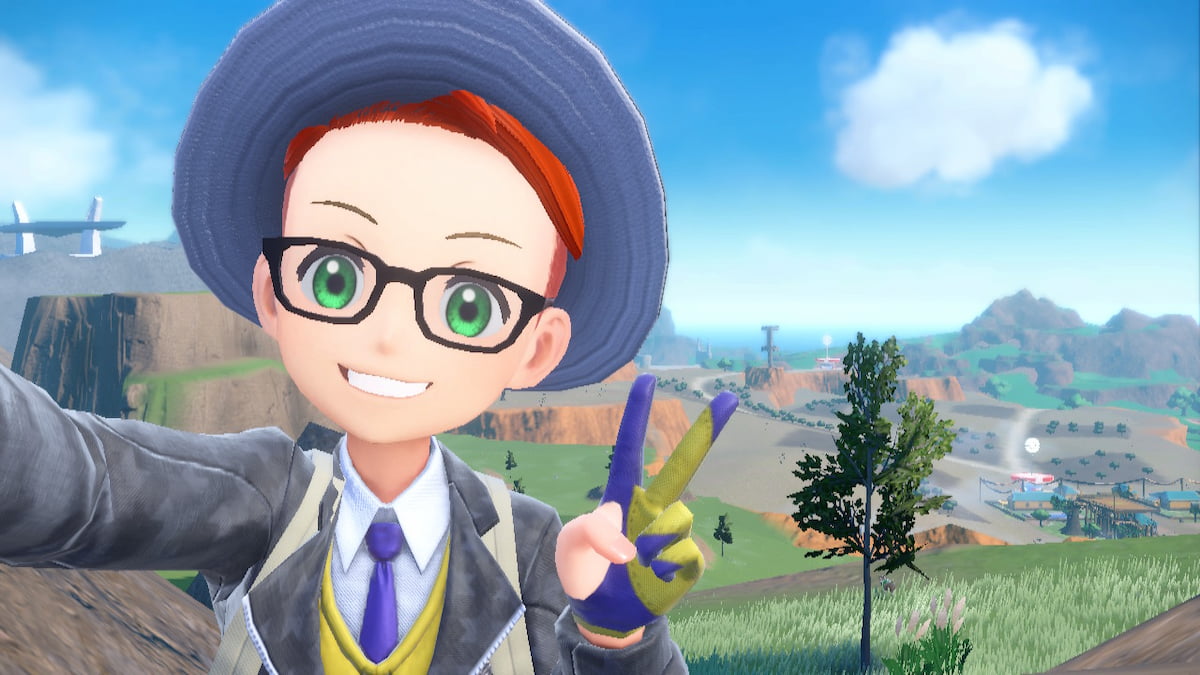
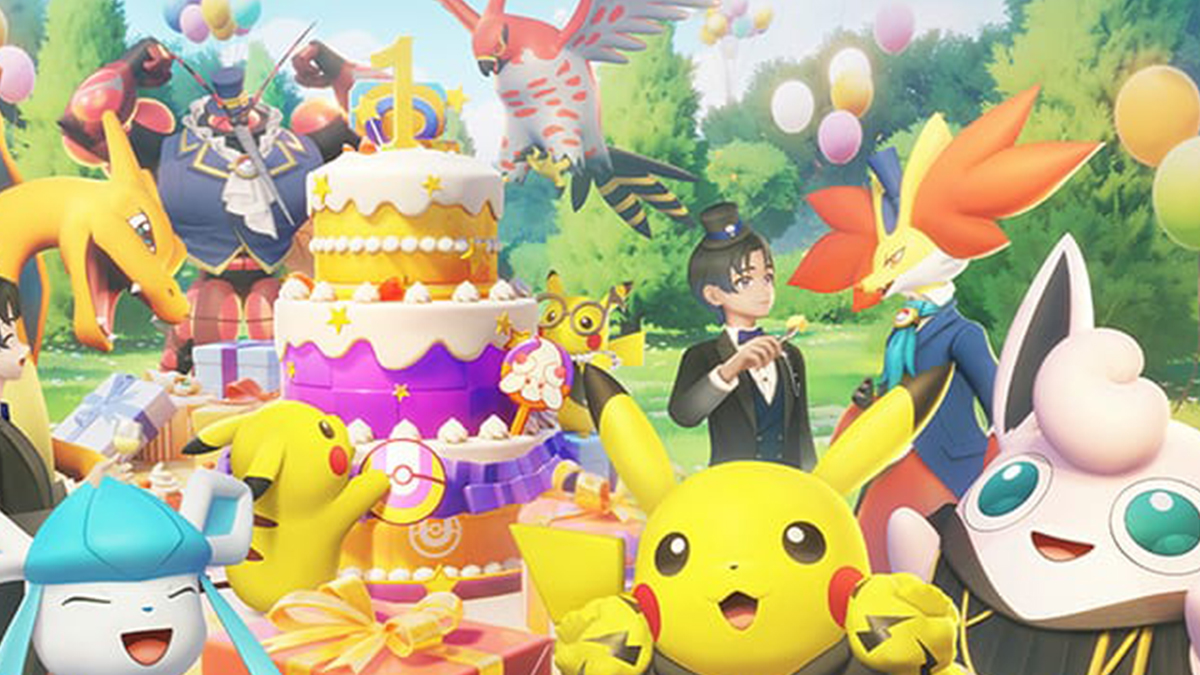
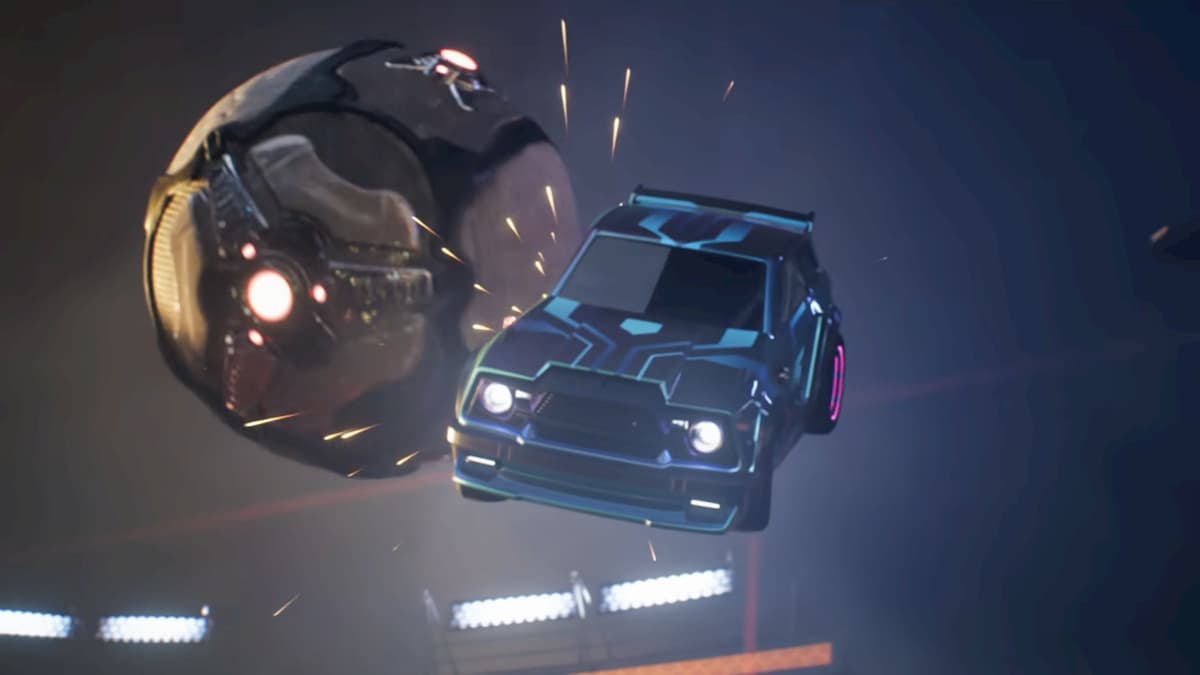
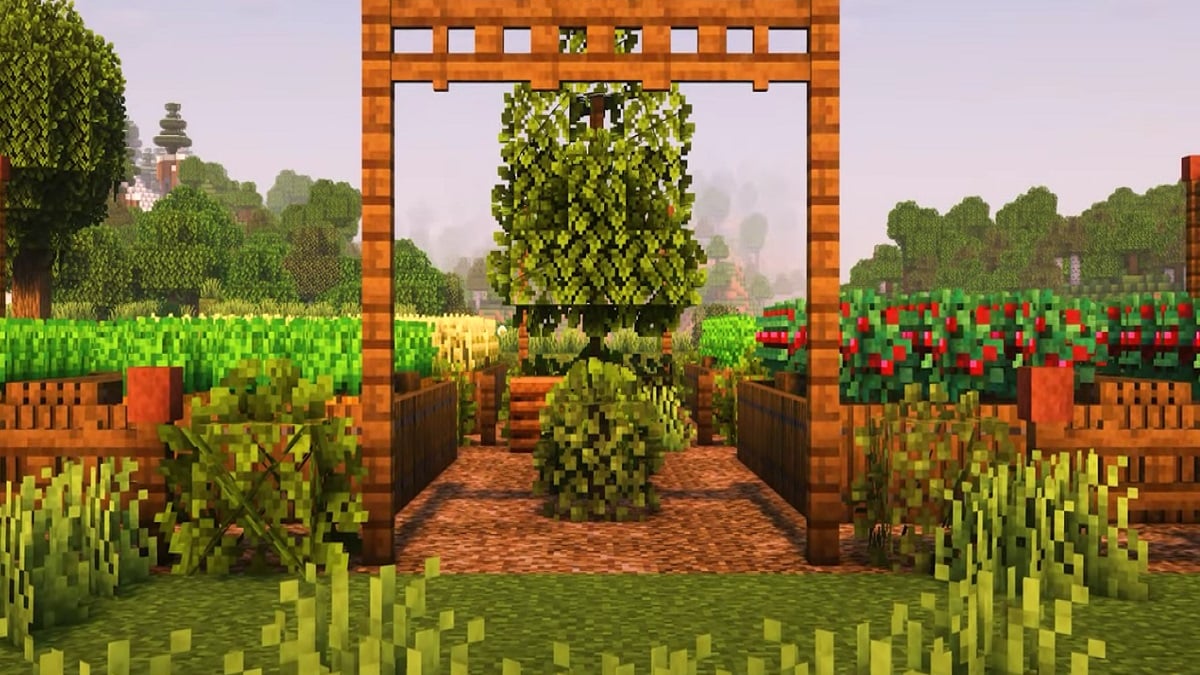
Published: Dec 30, 2022 10:08 am